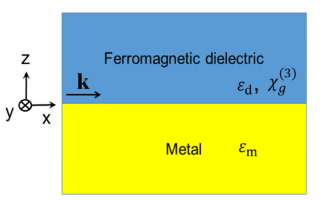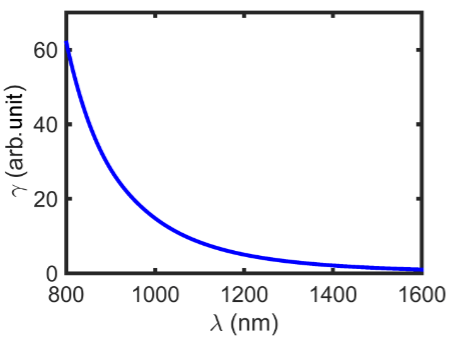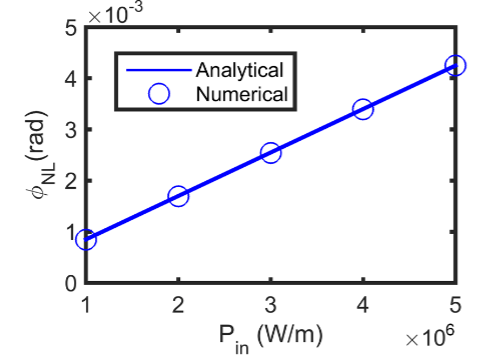Dec 6 2017
Investigations of nonlinear phenomena of magneto-plasmonic waveguides is enthralling because of their basic significance as well as their prospective use in integrated nanoplasmonic devices for manifold usability in chip-scale plasmonic communication systems.
In the recent times, Dr Joachim Herrmann from the Max Born Institute for Nonlinear Optics and Short Pulse Spectroscopy (MBI) and his external colleagues proposed an innovative kind of ultrafast nonlinearity in surface plasmon polaritons (SPP) included in planar magneto-plasmonic structures, depending on the inverse Faraday effect (IFE). In particular, the researchers demonstrate that SPP including a notable longitudinal electric field component can generate, through the IFE, an effective transverse magnetic field in thin magnetic layers. Its reaction to the plasmon propagation results in a strong ultrafast third-order nonlinearity. The researchers have evaluated that the new nonlinearity surpasses the optical Kerr effect of gold by two orders of magnitude and that of conventional dielectric materials by five orders of magnitude.
 Fig. 1 Scheme of the ferromagnetic dielectric/metal interface | Source: MBI Berlin
Fig. 1 Scheme of the ferromagnetic dielectric/metal interface | Source: MBI Berlin
When a magnetic material is irradiated by using circularly polarized light, it produces a magnetization along the wave vector—an effect termed as the IFE. The helicity of the incident light wave governs the sign of such a light-induced magnetization. The magnetization disappears in the case of linearly polarized waves. Magnetization of opposing signs is produced by left- and right-handed circular polarization.
If a thin metallic layer does not allow the entry of light into it, under suitable conditions, SPP can be excited. Such hybrid electron-photon excitations travel along the surface of the metal. As SPP present the longitudinal electric field component, even in the case of a linearly polarized input beam, a magnetization can be produced by the plasmons created by the incident light, irrespective of the fact that the plasmons are not typically circularly polarized.
For quantifying the innovative kind of IFE-based nonlinear susceptibility of a planar plasmonic structure that has a ferromagnetic layer, the researchers adopted the Lorentz reciprocity theorem and derived analytical expressions. Although the role of the new nonlinearity in the plasmonic propagation is similar to that of the optical Kerr effect, it arises from a distinctive physical mechanism and varies from the conventional Kerr-related nonlinear susceptibility in terms of frequency dependence, magnitude, as well as the dependence on material parameters.
Figures 1, 2 and 3 show the schematic of a ferromagnetic dielectric/metallic interface, the wavelength dependence of the nonlinear propagation coefficient, and the power dependence of the nonlinear phase shift, respectively.

Fig. 2 Wavelength dependence for the IFE-related nonlinear susceptibility for the interface between gold and a ferromagnetic dielectric | Source: MBI Berlin

Fig. 3 Power dependence of the nonlinear phase shift at a wavelength of 1550 nm and a propagation distance of 1000nm | Source: MBI Berlin
Magneto-plasmonic structures as fundamental materials pave the way for an entirely new category of plasmonic devices on the nanoscale, for example, isolators, optical phase modulators, and optical clocks with the ability to fulfill important applications in nanoscale information networks. The outcomes of the study seem very propitious for important applications in this area of research.